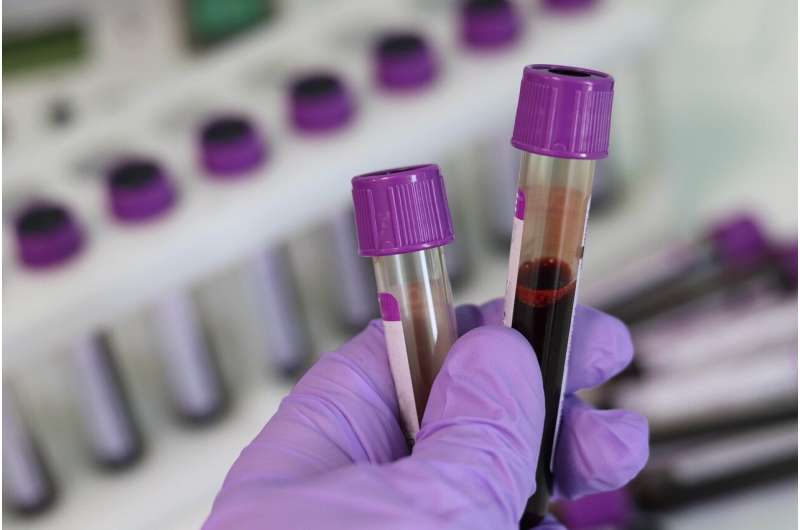Innovative RNA-Based Therapy Targets Mutant Genes in Children's Rapid Aging Disease

A novel RNA-based gene regulation technique offers promising treatment for Hutchinson-Gilford Progeria Syndrome, potentially transforming how rapid aging in children is managed and opening new avenues for age-related disease therapies.
Children diagnosed with Hutchinson-Gilford Progeria Syndrome (HGPS), a rare genetic disorder causing accelerated aging, often exhibit symptoms like deep wrinkles, stunted growth, and brittle bones starting as early as 1 to 2 years old. This condition affects approximately one in eight million people and currently has no cure. The only FDA-approved medication, lonafarnib (Zokinvy), offers limited benefits, extending lifespan by about 2.5 years at a significant cost and with potential side effects.
Recently, a groundbreaking study led by Dr. Sun-Uk Kim at the Korea Research Institute of Bioscience and Biotechnology (KRIBB) has introduced a novel, precise RNA-targeting therapy that could revolutionize treatment for progeria. Published in the journal Molecular Therapy, this approach utilizes advanced gene regulation technology to selectively degrade the abnormal RNA transcripts responsible for producing progerin—an toxic protein that damages cell nuclei and speeds up cellular aging.
Unlike traditional gene editing techniques like CRISPR, which permanently alter DNA and carry off-target risks, this new RNA-based method offers a safer and reversible alternative. It employs an RNA-guided molecular 'scissor' based on RfxCas13d protein paired with a specifically designed guide RNA targeting progerin transcripts. This enables the selective removal of harmful RNA while leaving healthy gene transcripts intact.
In experiments with mouse models carrying the progeria mutation, the therapy successfully reversed several disease hallmarks, including hair loss, skin atrophy, spinal curvature, and decreased mobility. Treated mice also exhibited improved body weight, reproductive organ function, and enhanced heart and muscle health, resembling healthy controls. Interestingly, findings suggest that progerin accumulates naturally in aging human skin cells, and the therapy could delay certain aging signs in these cells.
Dr. Kim emphasized that this technology holds promise beyond progeria, potentially benefiting over 15% of genetic disorders caused by RNA misregulation. He envisions it becoming a versatile platform for treating age-related diseases, cancers, and neurodegenerative conditions.
This innovation signals a significant step forward in targeted genetic therapies, showcasing the potential of RNA-guided interventions to improve quality of life for patients with currently incurable diseases.
Source: https://medicalxpress.com/news/2025-07-rna-scissors-precisely-mutant-gene.html
Stay Updated with Mia's Feed
Get the latest health & wellness insights delivered straight to your inbox.
Related Articles
Public Awareness Urgently Needed for UTIs to Combat Rising Antibiotic Resistance
A new international study highlights significant gaps in public knowledge about urinary tract infections and underscores the urgent need for education to combat rising antibiotic resistance.
Enhancing Physician Awareness and Screening for Fragile X-Related Conditions
Experts from UC Davis emphasize the urgent need to improve awareness and screening of fragile X-related genetic conditions, including fragile X syndrome and associated disorders, to enable early diagnosis and intervention.
ISS Study Connects Astronaut Bone Loss to Stem Cell Changes in Microgravity
Research from the ISS reveals how microgravity affects stem cells, leading to bone loss in astronauts. This discovery has implications for osteoporosis treatment and space medicine.
Global Count of IVF Births Exceeds 13 Million
A new study estimates that over 13 million babies have been born worldwide through IVF since 1978, demonstrating the vital role of reproductive technology in modern family building and global health.



